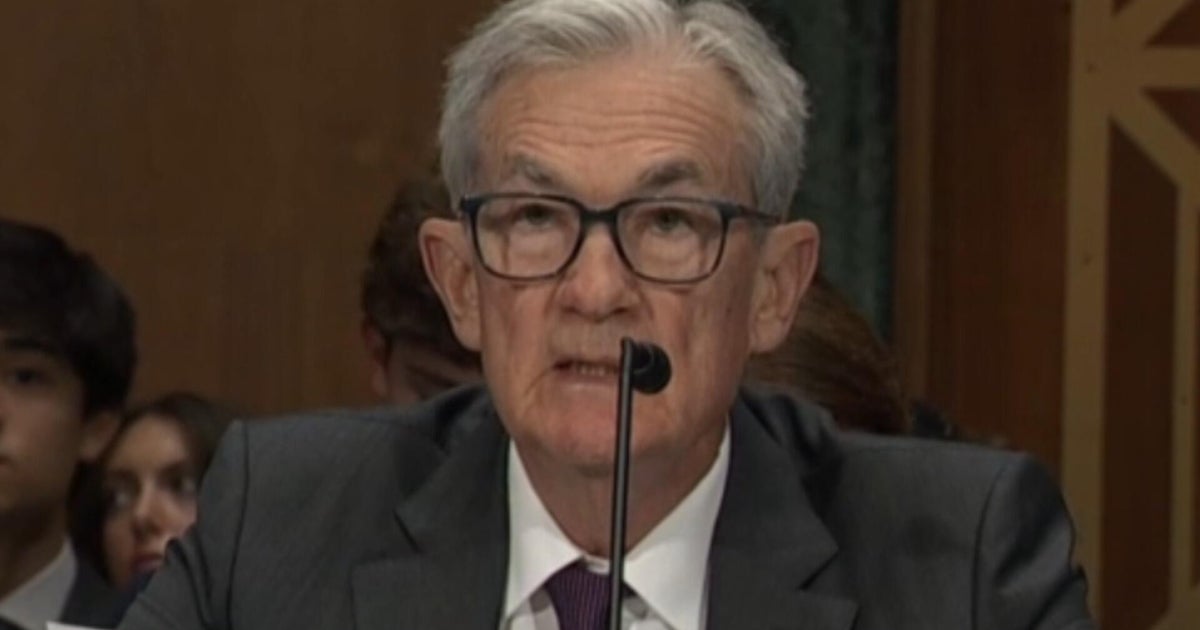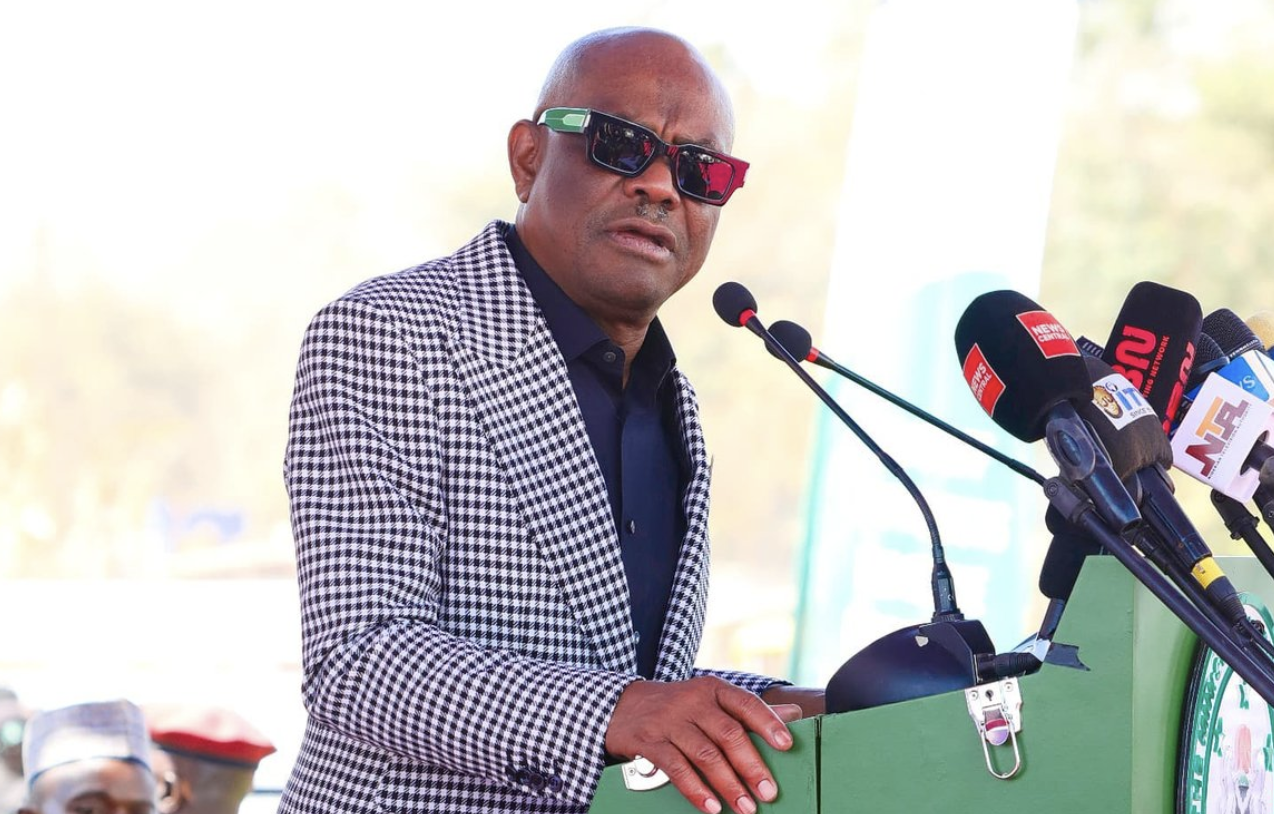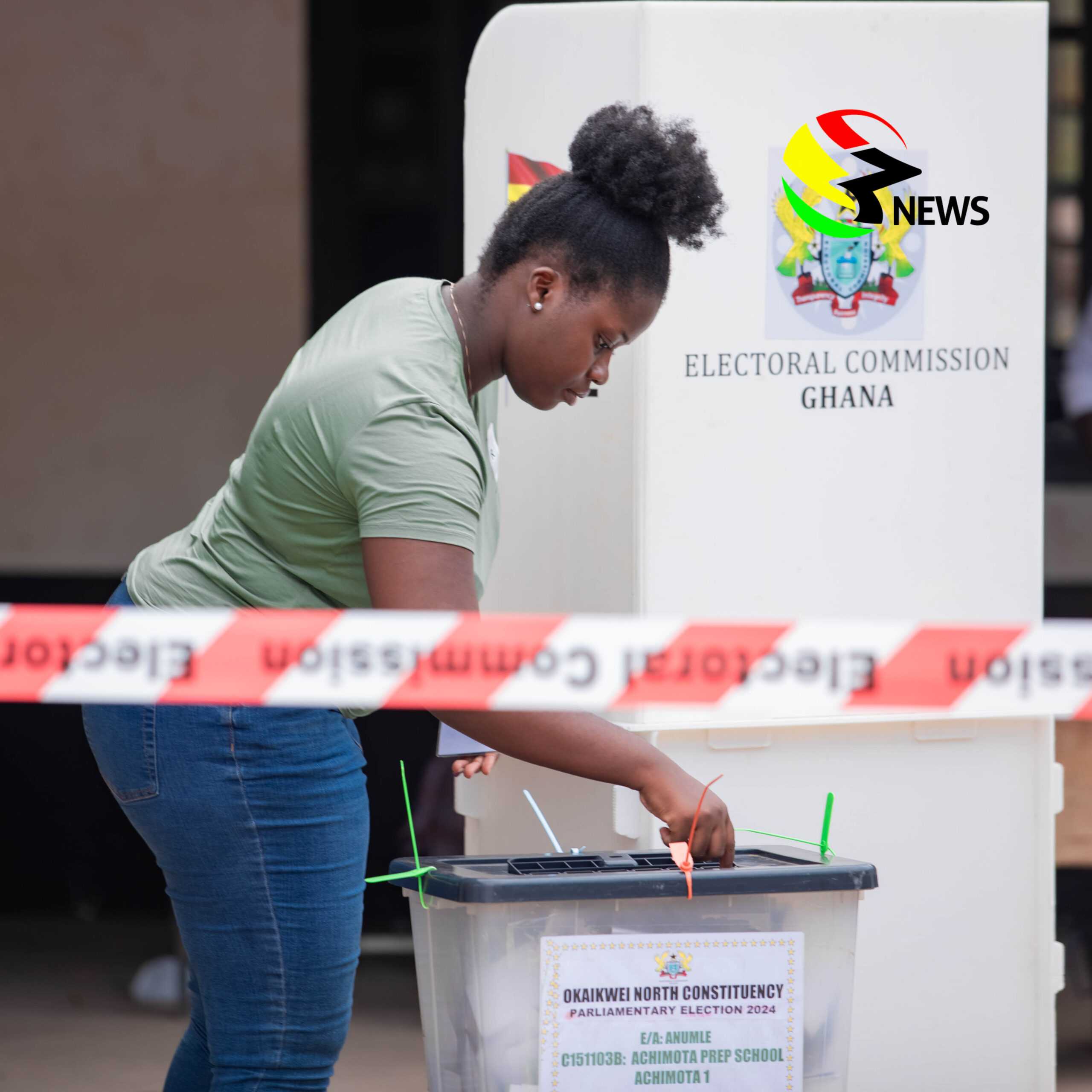Federal Reserve Maintains Steady Rates Amid Inflation Concerns

In recent congressional testimonies, Federal Reserve Chair Jerome Powell firmly defended the central bank's decision to maintain steady interest rates, asserting that the Fed's policy would not be swayed by external political pressures, including those from President Donald Trump. This stance was reiterated during his appearances on Capitol Hill, where he discussed the current state of the U.S. economy and the rationale behind the Federal Reserve's monetary policy decisions.
During its June 17–18 meeting, the U.S. Federal Reserve indeed opted to keep short-term interest rates unchanged, holding them at 4.25%–4.50%. This decision, announced around June 26, 2025, aimed to sustain downward pressure on inflation while allowing policymakers to thoroughly assess the evolving risks to the economy. A significant factor in their cautious approach was the acknowledged uncertain impact of President Trump’s trade policies and other broader economic dynamics, indicating a preference to observe how prices and employment would respond before contemplating any adjustments.
Within the Federal Reserve, a division of opinions emerged regarding the future path of interest rates. The 'Doves' signaled a readiness for rate cuts, with Vice Chair Christoph Bowman advocating for an adjustment to the policy rate. Similarly, Michelle Schmid, President of the Kansas City Fed, suggested that rate cuts should now be a consideration. While Chair Powell himself emphasized a balanced approach, indicating openness to adjustments, he also advised caution. Jeffrey Waller, a permanent voter on the Federal Open Market Committee, further warned against procrastinating on rate cuts, suggesting action before any significant weakening of the job market.
The 'Centrists' adopted a 'wait and watch' strategy. Although Governor Lisa Cook and St. Louis Fed President Alberto Musalem had not offered recent public comments on monetary policy, New York Fed’s John Williams expressed support for maintaining a modestly restrictive stance. Boston Fed President Susan Collins anticipated policy clarity by the year's end but remained adaptable to changing circumstances. Philadelphia Fed’s Patrick Harker saw no immediate urgency for action, while San Francisco’s Mary Daly cautioned against waiting so long that necessary rate adjustments might be overlooked.
Conversely, the 'Hawks' maintained a vigilant stance on inflation and were cautious about initiating cuts. Chicago Fed President Austan Goolsbee noted that the feared impact of tariffs had not materialized as anticipated, yet still advised a measured approach to policy changes. Vice Chair Philip Jefferson, typically viewed as cautious, had not commented recently. Minneapolis Fed’s Neel Kashkari stressed the importance of taking ample time to fully comprehend economic developments before making bold moves. Governor Michael Barr highlighted risks stemming from inflation, supply adjustments, and potential labor market weakening. Cleveland Fed President Beth Hammack believed inflation expectations remained anchored, seeing no justification for immediate rate reductions. Richmond’s Thomas Barkin concluded there was no strong impetus in either direction for policy change, reinforcing a wait-and-see approach.
Looking ahead, the Fed's June projections indicated a median forecast suggesting a total of half a percentage point in rate cuts for the current year. However, a significant portion, seven out of nineteen officials, projected no cuts at all in 2025, underscoring the internal divergence. The Federal Reserve's voting structure, where all seven governors (including the Chair and Vice Chairs) vote at every meeting, while only five of the twelve regional presidents vote on a rotating annual basis (with the New York Fed president always voting), highlights the complexity of decision-making. The Fed remains notably divided, reflecting the broader uncertainties prevalent in the economy, the inflation outlook, and ongoing political developments, including leadership appointments and the direction of trade policy.











